Before we jump into SCRUM Metrics, let us understand why do we need Metrics to track Project work. Metrics are a form of Key Performance Indicators (aka KPIs). These are used to track whether the Project is going in the right direction and optimum speed towards the committed goals.
Some examples of Metrics is regular Projects include:
- Cost Performance Index
- Schedule Performance Index
- Defect Density etc.
Metrics are even more important in SCRUM
Metrics are in general consumed by Stakeholders. Which means everyone involved in the Project. Whether you are contributing to the Project or consuming the deliverables of the Project.

In Agile, Stakeholder Engagement is monitored very closely by the leadership. Unless the stakeholders are constantly engaged, there very little or no agility in work being done.
Free Agile & Project Management Tutorials

Top 4 SCRUM Metrics
Let us explore some popular SCRUM Metrics
#1. Team Velocity
Simply put Velocity is the speed at which the team can deliver in a given Sprint. This is typically calculated in “Story Points”. The calculation is simple. The SCRUM Master gathers the number of story points delivered per sprint for the last sprints. And then averages them out. The resultant average is referred to as “Average Velocity” or “Team Velocity”. NOTE: There is also a calculation for “Individual Velocity”, but that is a discussion for another blog.
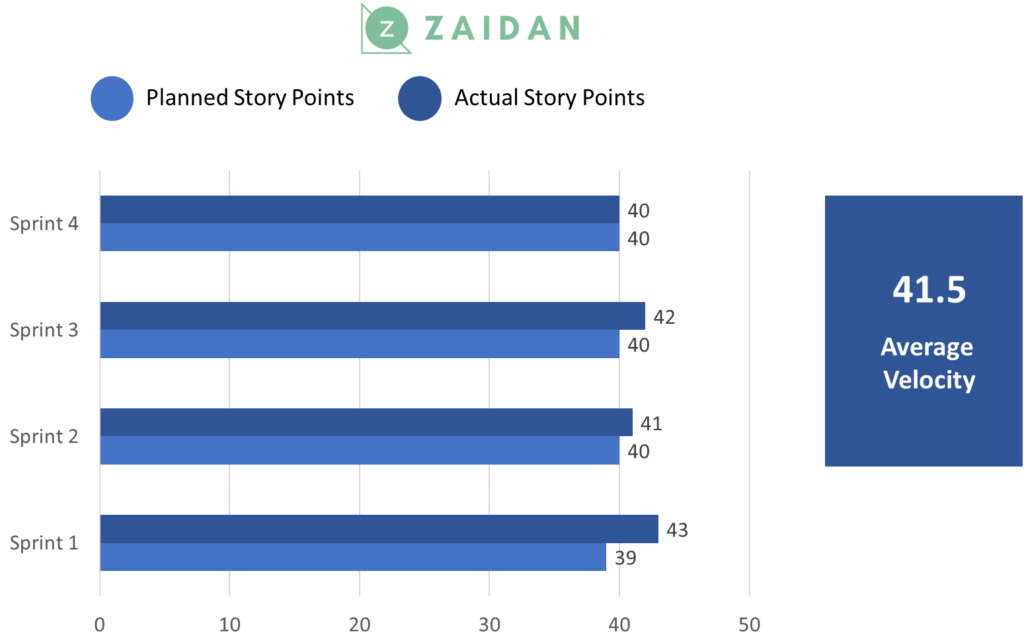
Velocity is popularly represented through a report called “Velocity Chart”, which is a BAR chart. It can be used to forecast how long would a team take to deliver a given piece of work. Example if a Team has a average velocity of 35 Story Points (per sprint), and a new set of requirements come in worth 140 Story Points. Then the estimated time for the team to complete this work is 140/35 = 4 Sprints.
#2. Sprint Burndown
A burndown chart is used for two reasons
- How much of work is remaining in the given timeframe (In this case a Sprint)
- What is the trend of work progress? (Are we going on-track or off-track?)
You must have guessed by now, Sprint Burndown is used by Stakeholders to track the amount of work pending and is it healthy enough to be completed by the deadline (Sprint last day that is).
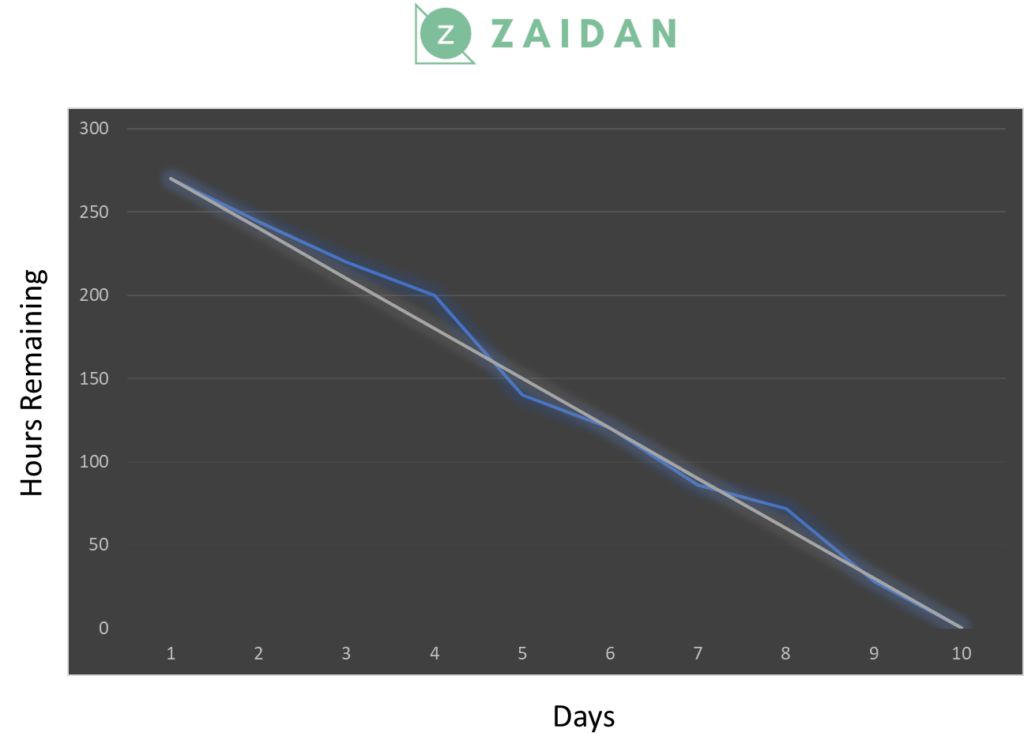
A Sprint burndown is not a report that is generated at the end of the Sprint. It is rather updated on a daily basis. During the good old days, teams used to update a physical Burndown chart placed at a common location. But these days we have electronic charts updated automatically in online tools like JIRA and Azure DevOps.
NOTE: Burndown Charts can also be used in other contexts. Like Risk Burndown can be used track amount of Risk being mitigated.
#3. Customer Satisfaction
The whole idea of Agile is about early customer satisfaction. Quiet literally taken from one of the principles. And hence, it becomes even more an important metric in Agile frameworks. Customer satisfaction is directly proportional to iteration success.
The most simplest measurement of customer satisfaction happens in Sprint Retrospective. Here is where actual value is delivered for customer to witness and give feedback.
In the case consumer products more rational techniques like Net Promoter Score (NPS) can be used to ascertain the pulse of the end user.
Example: NPS (Net Promoter Score)
NPS is a rating, typically on a scale from 0 to 10. Higher the rating indicates, higher customer satisfaction. This rating is a meter to gauge loyalty, enthusiasm and satisfaction of customers.

Every organization tries to keep the NPS of their product above industry average. The higher it is from the average it is better. It shows how happy the customers are with the product. A typical calculation of NPS is as follows:
NPS = % of Promoters – % of Detractors
- Promoters are customers who gave a NPS score of 7 or above
- Detractors are customers who gave a NPS score of 6 or below
#4. Return on investment (ROI)
ROI in general Project context is percentage of Revenue versus Investment. That is, ROI = (Revenue/Investment) * 100. In the case of SCRUM teams, ROI considers: Revenue generated by the Product Vs. Cost spent on running Sprints.

That is, higher the ROI, BETTER! One practical example of ROI in SCRUM is Monthly Active Revenue (MAU)
#5. Release Burnup
We have already discussed Burndown. While the Burndown chart tracks work non completed, Burnup chart tracks work completed. How is that useful? Burnup helps you identify how much of extra scope got delivered versus what was actually targeted for the given time period.
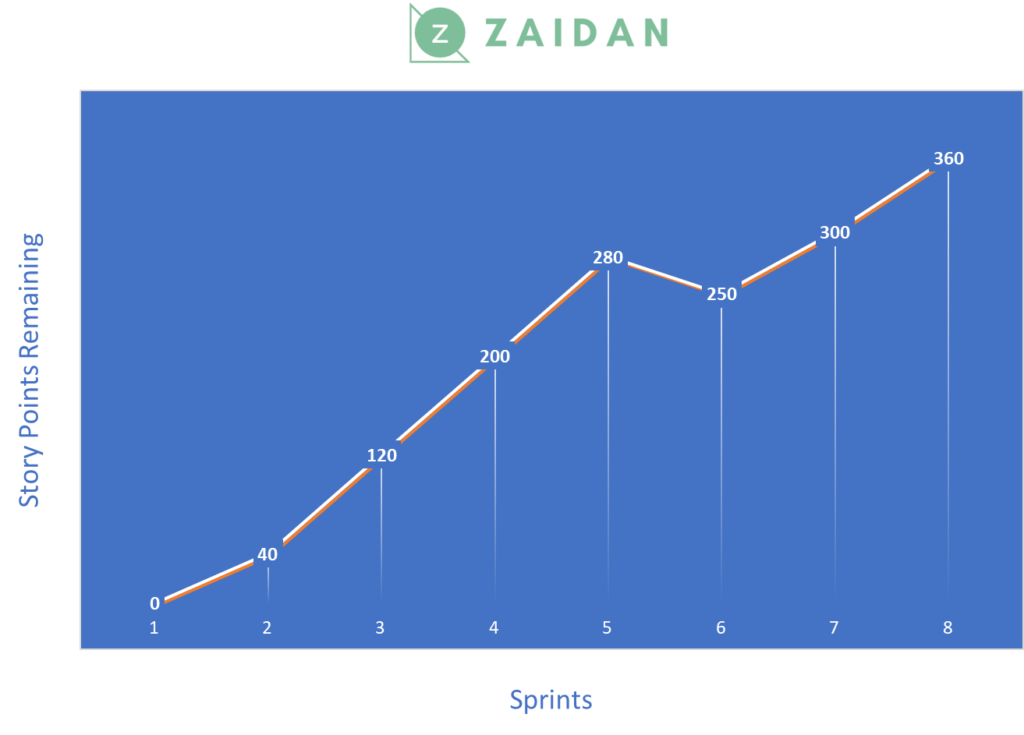
And this case we have chosen Release burnup instead of Sprint burnup (While you can still use Burnup charts for Sprints if it works for you). Using Burnups for a Release helps you with good information during Release retrospective. It helps you pitch to the customer what EXTRA got delivered versus what was originally committed.
Conclusion
While engaged in day to day activities of your SCRUM team, it is important that you do not lose focus on the BIG picture. And this is only possible looking at the metrics as the Project progresses. Good metrics indicate whether the team is progressing as committed.
While there are dozens of metrics out there which look promising, you need to identify the ones that are more relevant to your context. Most of these metrics today are available out of box in the Agile tool that you are using (JIRA, Version-One, etc.)
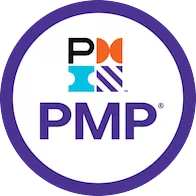
Our PMI® PMP®-Prep Course
If interested in this course, click here
- Case study based training
- LIVE instruction 36 Hours
- Post course guidance
- Exercise per topic
- 4 Mock exams for practice
- WhatsApp group support
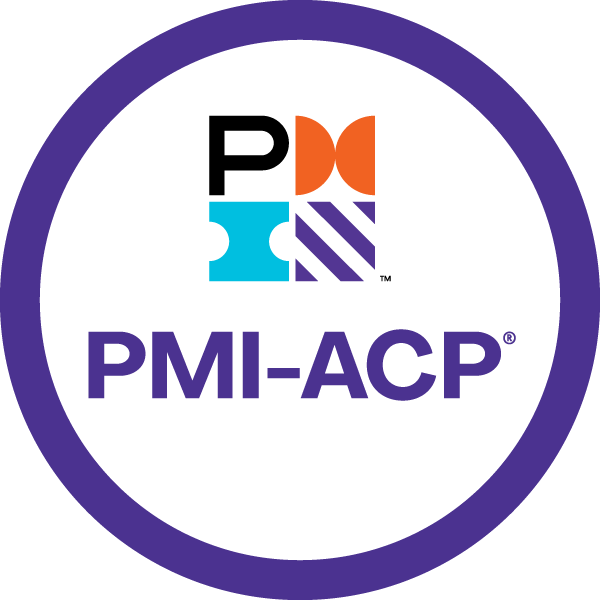
Our PMI® ACP®-Prep Course
If interested in this course, click here
- WhatsApp group support
- 4 Mock exams for practice
- Exercise per topic
- LIVE instruction 20 Hours
- Post course guidance
- Case study based training

JD (Coach/Instructor/Writer)
JD (a.k.a Janakiram) is a Project Management Coach, Trainer Author and Practitioner @Zaidan Consulting. He comes with around 17+ Years of experience primarily from the Software Industry. He is certified on PMI® PMP®, ACP®, Scrum Alliance CSM and Microsoft Certified Solution Developer on C#.NET. He has also authored the book “Practical Agile for Beginners”

About Zaidan Consulting
Zaidan Consulting are specialists in Project and Program Management space. Our training offerings include:
- Project Management Training
- Agile Training
- PMI®-ACP® Prep Training
- PMI®-PMP® Prep Training
- PMI®-CAPM® Prep Training
- ScrumStudy™ Authorized Training Partner (A.T.P)
Or you can contact us @+(91) 7672011471
Or Email us: contact@zaidanconsulting.com
